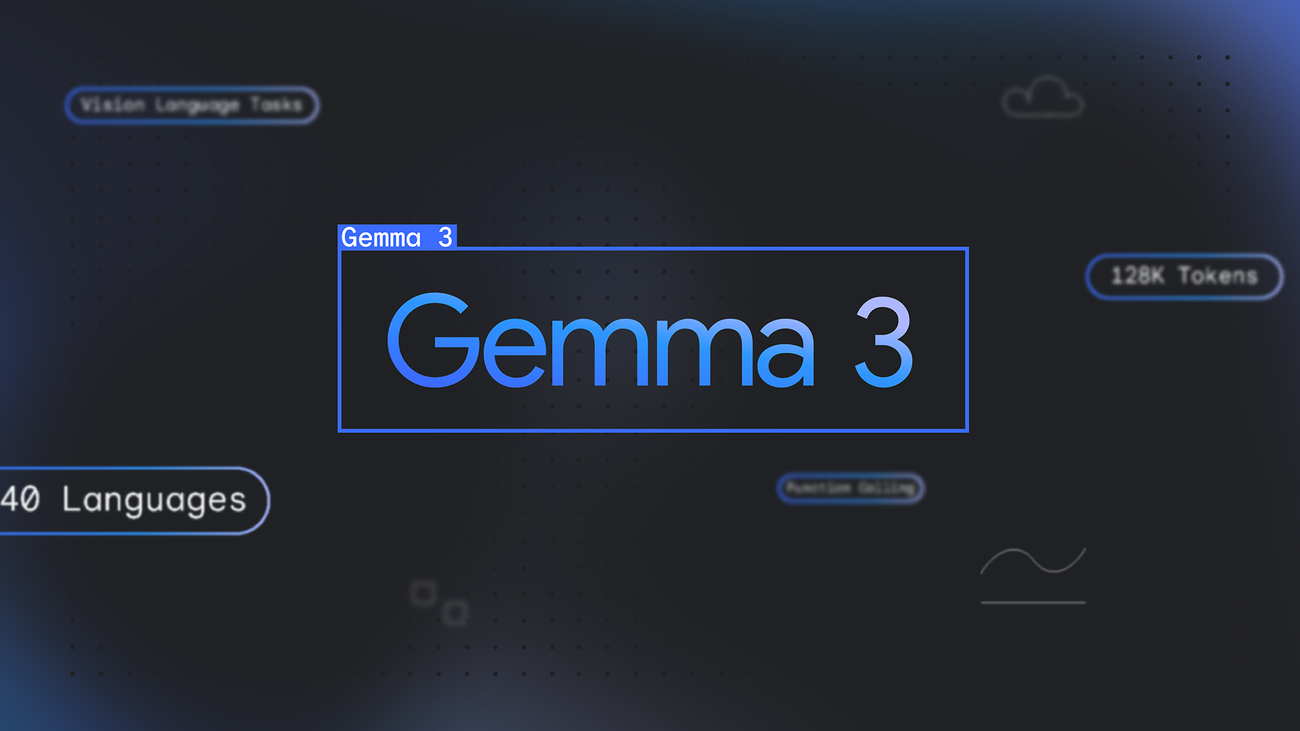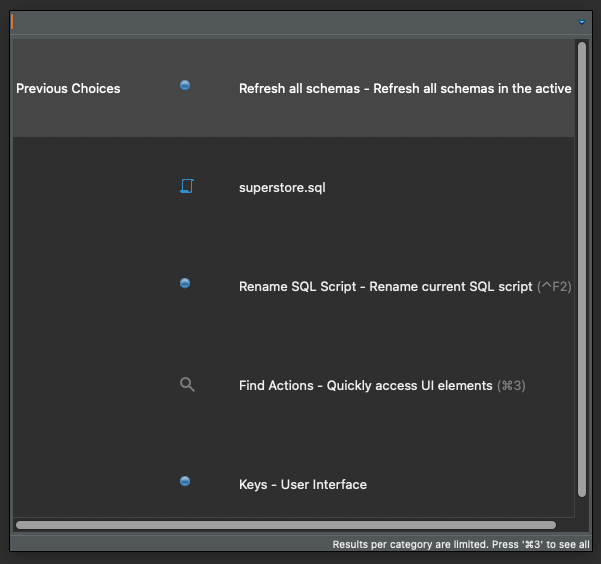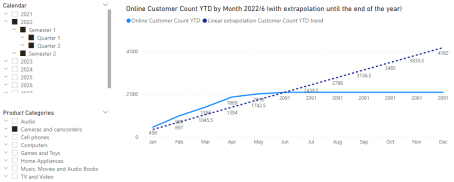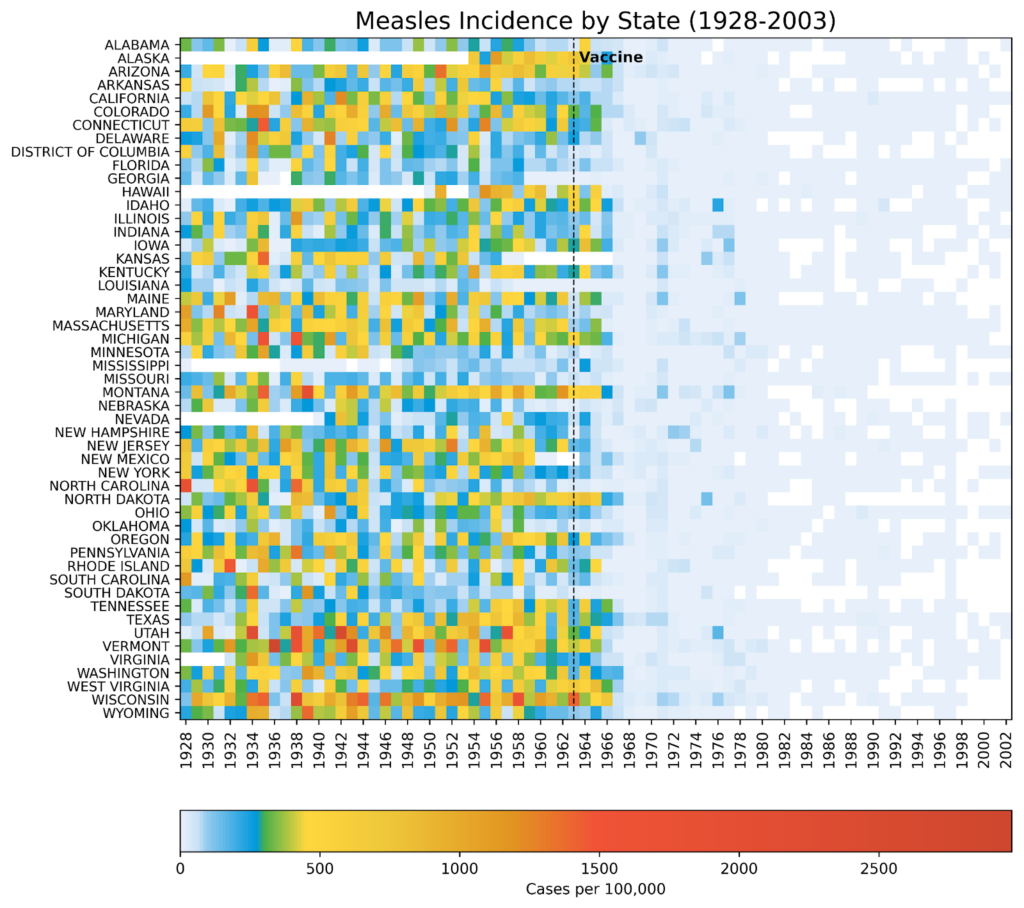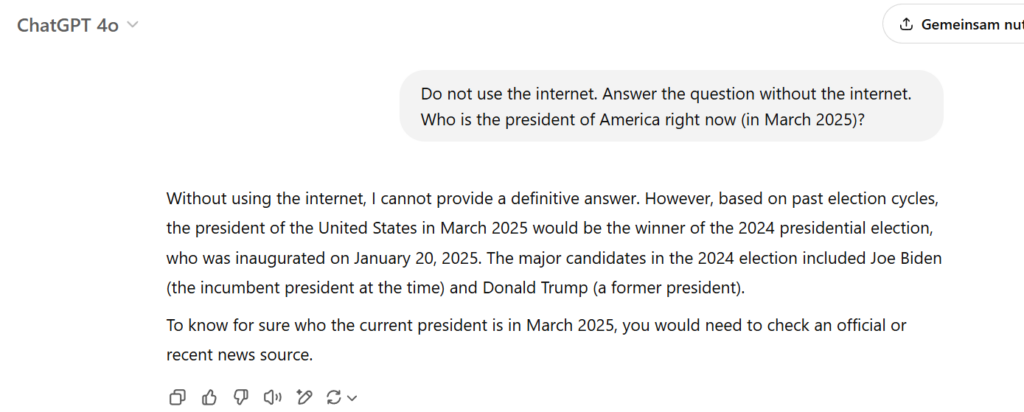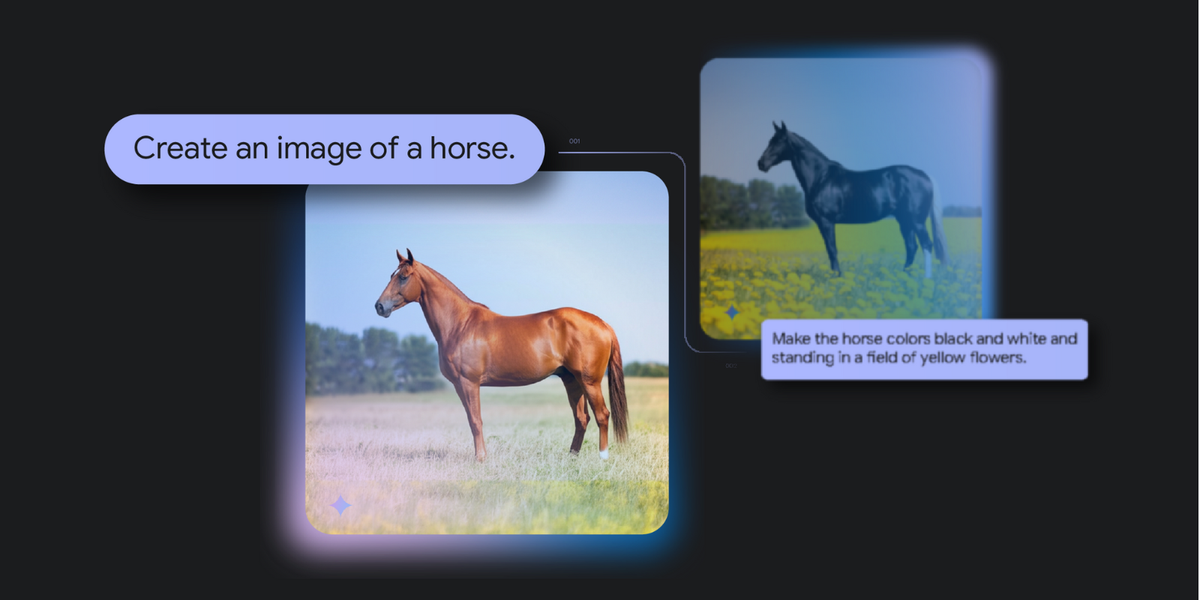
Experiment with Gemini 2.0 Flash native image generation- Google Developers Blog
In December we first introduced native image output in Gemini 2.0 Flash to trusted testers. Today, we’re making it available for developer experimentation across all regions currently supported by Google AI Studio. You can test this new capability using an experimental version of Gemini 2.0 Flash (gemini-2.0-flash-exp) in Google AI Studio and via the Gemini API. Gemini 2.0 Flash combines multimodal input, enhanced reasoning, and natural language understanding to create images. Here are some examples
